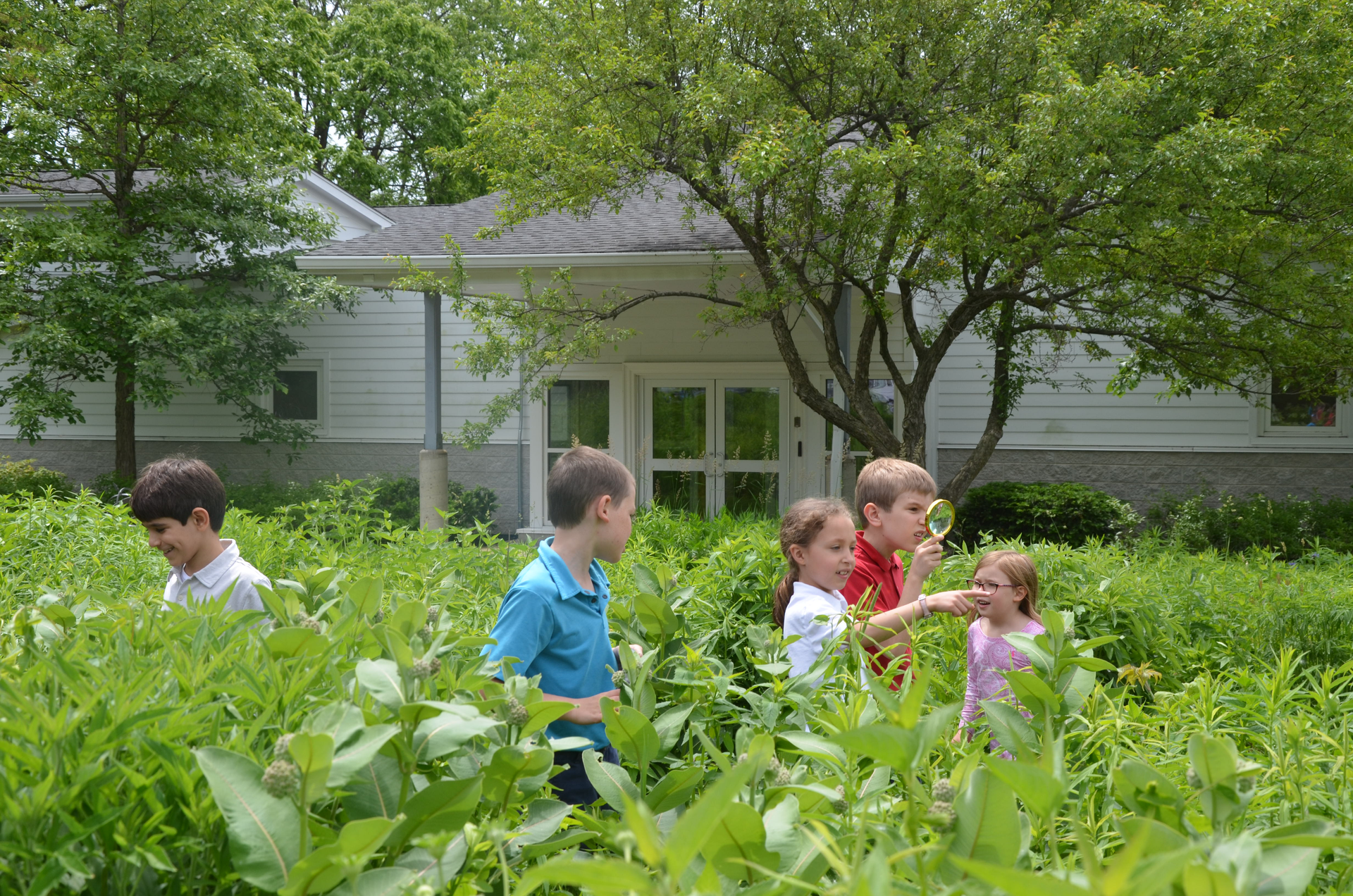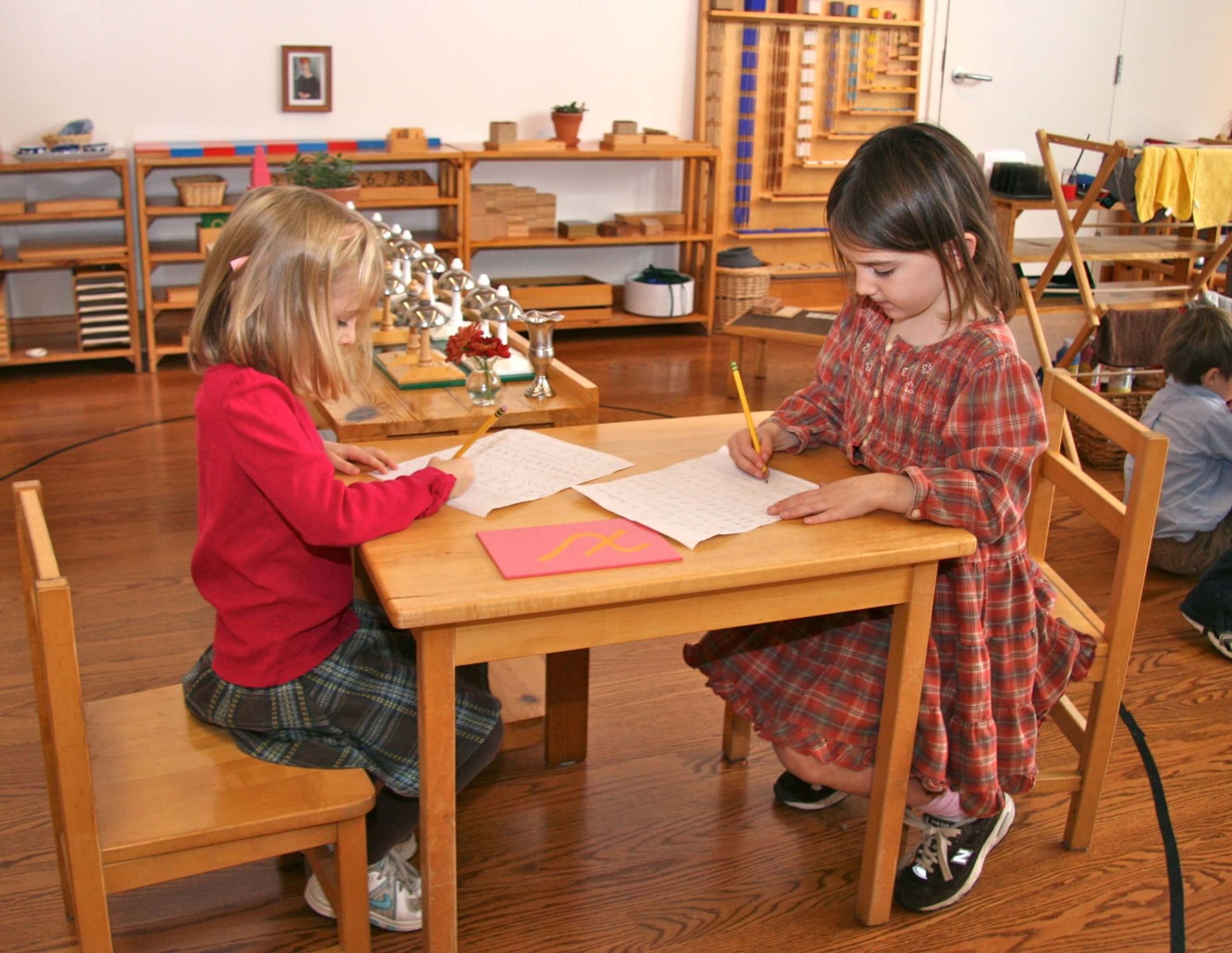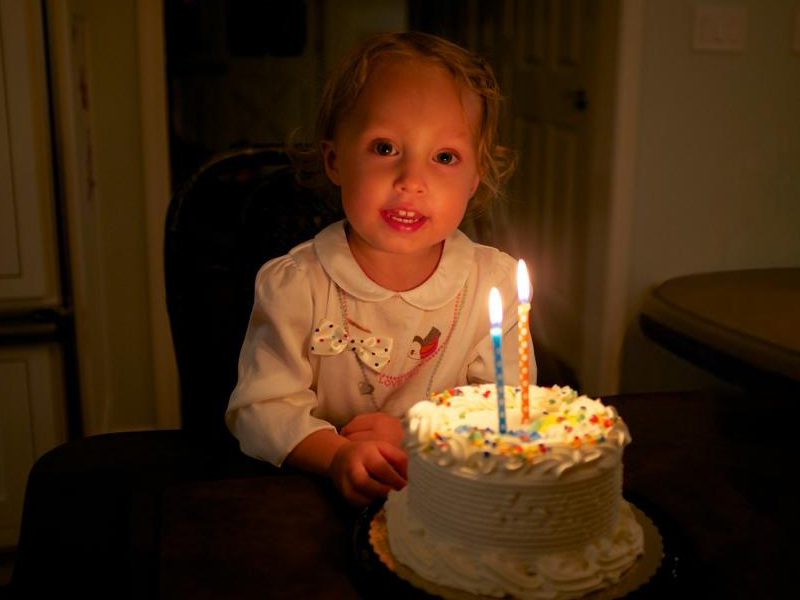
Adapted from a presentation by Upper Elementary teacher Regina Sokolowski
It is important to take the time to reflect upon our children—their immense capabilities, their confidence and their resilience, and how we can best support them.
Who is the Elementary Child?
In Montessori, we refer to the elementary years as the “Second Plane” of development. Montessori actually used the term “introvert” to refer to the first six years of life and “extrovert” to refer to the ages of 6–12 years. By introvert, she meant that the child was focusing on individual construction, and by extrovert she meant they were focusing on their social construction—turning outward to the wider society.
Children begin their social construction in the 6–9 (Lower Elementary) class. In the 9–12 (Upper Elementary) class they come to explicitly understand the importance of cooperation and how their actions have an impact on people in the wider community.
Academically, this is a time to deepen their learning. This is not a place where we cross off a checklist from some adult-driven agenda or curriculum. True understanding and a deep love of learning comes from experiencing a concept with as many senses as possible—hence the materials! And true mastery is gained only by teaching another person.
Social construction is not a separate process from academics; in fact, it is their academic process. This is how elementary children learn. Their drive to be social with one another motivates them to learn. They learn from each other, and they often concentrate best when they are focused on work with a peer. The Montessori elementary curriculum reflects this time of life. The materials for these ages are largely designed for groups, and the work is meant to be collaborative.
The elementary years are dynamic and fun! These are young people with immense academic potential and physical capabilities, yet there is still an innocence that makes it enjoyable and uplifting to be around them. In fact, this stage has been called the Golden Age of Childhood. This is a time to savor with your children! You are both building the foundation for the transformative adolescent years.
Our Goals for Education
In a conventional school, the direct goals for education tend to involve the transmission of specific knowledge to students. There are academic benchmarks for each grade, and a school, teacher, and student are assessed on how well the student retains the information for a test. While most adults working with children in any educational system have social, emotional, and personal goals for their students, Montessori—in addition to rigorous academic lessons—is special in making these goals explicit for children, as well as creating a curriculum designed to allow children to meet these goals.
The explicit Montessori social, emotional and personal goals are:
● Preparation for Life
● Confidence
● Self-Awareness
● Self-Advocacy
● Adaptability
It is also helpful to reflect upon the eight characteristics that Paula Lillard Preschlack (in her book The Montessori Potential) has observed in Montessori graduates:
● Engagement
● Focus
● Organization
● Curiosity
● Courage
● Collaboration
● Respect
● Resourcefulness
In order to understand how to support elementary children so that they can embody these goals and characteristics, we need to know more about them!
The Unique Abilities of Elementary Children
There are two special abilities of the second plane child to keep in mind as we guide them through this importation period of self-formation:
Reasoning Mind: Elementary children are able to think logically and make reasonable judgments.
Imagination: Children of this age are capable of imagining, creating, organizing, and carrying out incredible ideas, but also can fall into boredom and even unhappiness if these minds are not being challenged.
The Unique Characteristics of Elementary Children
Beyond these two abilities, Maria Montessori identified “characteristics of the second plane.” A true understanding of these abilities will help us guide all of our interactions with these children.
Social Construction
In the primary level, while there are, of course, other children in the classroom, most of the students’ work is individual. In the elementary they become interested in each other in new ways and begin to explore collaboration.
This social construction begins in the Lower Elementary where they are learning the very basics of peer interaction. Their social construction intensifies in the Upper Elementary. The child begins pushing away from their family. The role of the peers becomes increasingly important, and their work is increasingly collaborative.
You may observe that children want to create groups and clubs, and develop secret codes, passwords, and even secret languages. All of these actions come from the natural urge to understand how groups work and to identify themselves with a group.
Justice and Conscience
In Lower Elementary there is a lot of “tattletale” behavior, where the students are checking in with adults to ask, “Is this behavior okay? How much should I care? Should I do something about it? Are you going to do something about it?”
In the Upper Elementary the students feel a deeper sense of responsibility to one another. They feel more independent, and therefore want to work through conflict and transgressions themselves.
Because they are so concerned with “fairness,” they can get very upset when people do things they are not supposed to or differently than they expected! As a way of helping students understand their peers’ behavior, we use the lens of compassion for understanding: People do unkind things when something does not feel right inside. We often use the phrase, “Everyone is fighting a battle you know nothing about.” And we remind the children, “We are all doing our very best given our capabilities and individual situations.” Language like this helps them integrate their sense of justice with their increasing social awareness.
Emotional Resilience
For an elementary child, an emotional breakdown is often over within the hour, or even within a few minutes! A child might need to work through a social conflict with their friends at school and won’t even mention it at home, or they exhibit strong emotions and tears at home and are fine the next day at school.
Hero Worship
At this age children are captivated and inspired by famous leaders, athletes, authors, as well as their older siblings, cousins, coaches, and parents. We want to be sure we give them positive role models and give them opportunities to be positive role models to younger children. We are so lucky to be in a place where the children’s peers are not simply confined to their grade. Multi-age relationships within the classroom allow them to experience having and being a role model within their very classroom.
Part II (coming next month) will discuss how adults can support the elementary child's social development.


